What kind of sandwich panels are used for build prefabricated warehouse?
Prefabricated warehouses have become increasingly popular in recent years due to their cost-effectiveness, flexibility, and ease of assembly. However, in order to ensure that these warehouses are durable and energy-efficient, it is important to choose the right type of sandwich panel for the construction. In this article, we will discuss the different types of sandwich panels available and the factors to consider when selecting them for your prefabricated warehouse.
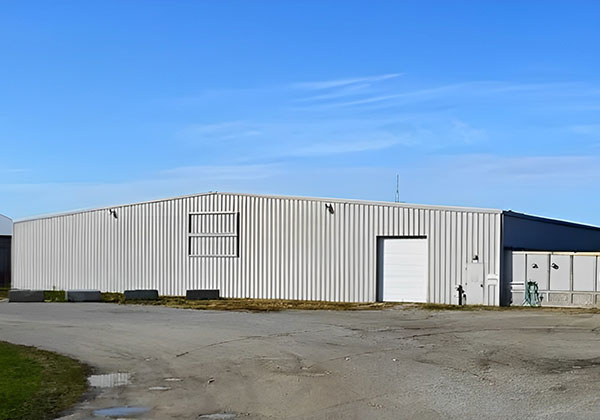
Firstly, it is important to understand what sandwich panels are. A sandwich panel consists of two outer layers (skins) and a core material in between. The skins can be made of a variety of materials such as steel, aluminum, or fiberglass, while the core material can be made of foam, rock wool, or polyurethane. Sandwich panels are used for insulation, structural support, and weather protection.
When it comes to choosing the right sandwich panel for a prefabricated warehouse, the most important factor to consider is the type of material used for the core. The core material determines the insulation properties, fire resistance, and durability of the panel.
- Foam core sandwich panels are the most common type used in prefabricated warehouses. They are lightweight, easy to install, and provide good insulation. However, foam core panels are less fire-resistant than other types of core materials and can be prone to damage if exposed to moisture.
- Rock wool core sandwich panels are another option. They are made of mineral wool fibers and provide excellent insulation and fire resistance. Rock wool panels are also more durable than foam core panels and can withstand exposure to moisture. However, they are heavier and more expensive than foam core panels, making them less popular for prefabricated warehouse construction.
- Polyurethane core sandwich panels are a newer type of sandwich panel that has gained popularity in recent years. They offer excellent insulation properties, fire resistance, and durability. Polyurethane panels are also lightweight and easy to install. However, they are more expensive than foam core panels and may not be as widely available.
In addition to the type of core material, it is important to consider other factors when choosing sandwich panels for a prefabricated warehouse. These include the thickness of the panels, the size and shape of the warehouse, and the climate conditions in the area. Thicker panels provide better insulation and strength, but also increase the cost of the warehouse. The size and shape of the warehouse will also affect the choice of sandwich panels, as some panels may be easier to install on certain shapes and sizes. Finally, the climate conditions in the area will affect the insulation properties needed for the panels.
In conclusion, when choosing sandwich panels for a prefabricated warehouse, it is important to consider the type of core material, as well as other factors such as thickness, size and shape, and climate conditions. Foam core panels are the most common and cost-effective option, while rock wool and polyurethane panels offer better insulation and durability at a higher cost. By carefully considering these factors, you can ensure that your prefabricated warehouse is energy-efficient, durable, and cost-effective.


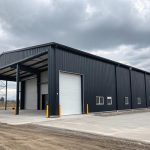

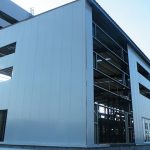

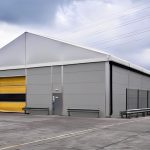
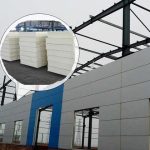
Send us the inquiry form